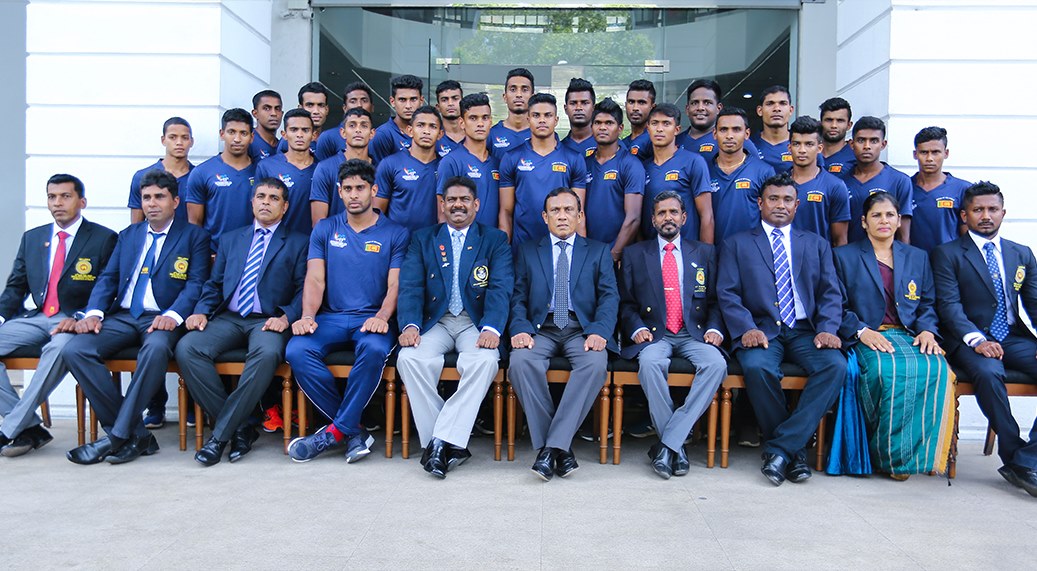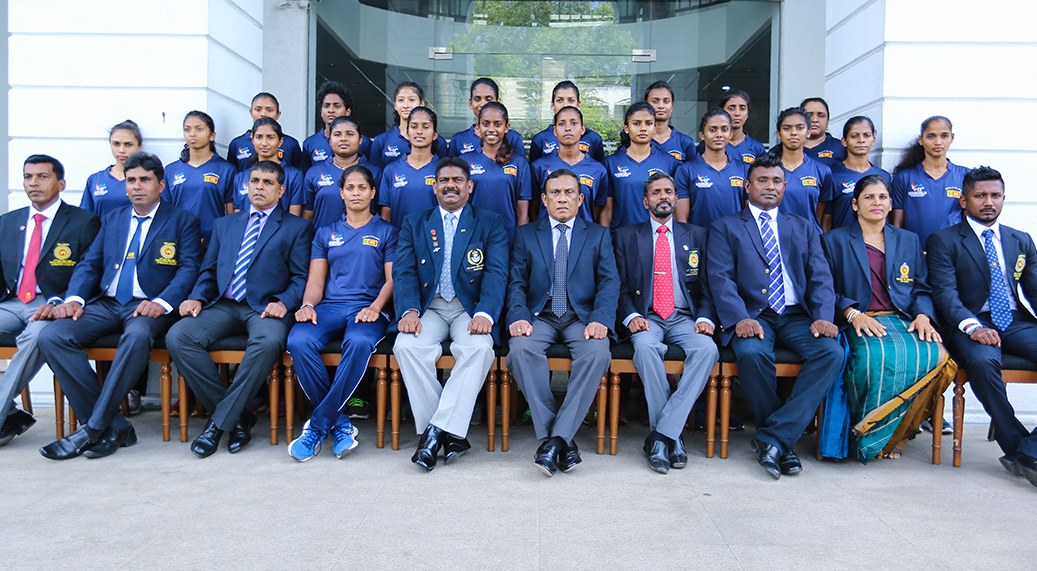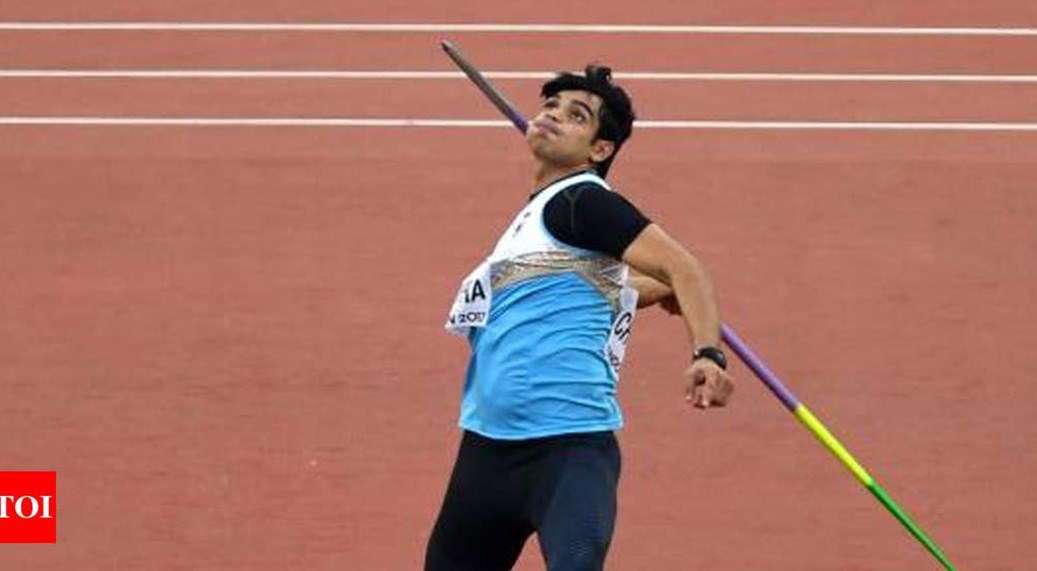Athletics
Athletics is a collection of sporting events that involve competitive running, jumping, throwing, and walking. The most common types of athletics competitions are track and field, road running, cross country running, and race walking.
View National Pool
View List of Presidents and Secretaries
Events
According to the International Association of Athletics Federations, athletics includes the following disciplines −
• Track and Field
• Relay Races
• Field Events
• Road Running
• Race Walking
• Cross Country Running
• Mountain Running
All these forms of athletics are individual sports except relay races in which athletes participate in a team.
Track and Field
In these events, men and women compete separately. These are played in indoor and outdoor formats.
All the indoor competitions are held in winter while the outdoor events are held in summer. Therefore, the name, track and field competitions was defined by the venue of sport.
A variety of running events are held on the track and are categorized according to distance −
• Sprints
• Middle-distance
• Long-distance
Some combined events like decathlons are organized for men and heptathlons for women, where the athletes compete in various track and field events.
Relay Races
In relay races, there are four runners in each participating team. When the race starts, the runner has to run to his milestone where he has to pass the baton to his teammate and then he will pass on to the next teammate, with the aim of being the first team to finish. Running events with hurdles and steeplechase are variations of the flat running themes where the athletes must clear all the obstacles on the track during the race.
Field Events
The field events include jumping and throwing competitions.
Throws
In throwing events, the athletes have to throw an instrument like javelin, discus etc. and the distance to which the instrument is thrown will be measured. Events like shot put, discus throw, javelin throw, and hammer throw are throwing events.
Jumps
There are mainly four types of jumping events −
• Long jump
• Triple jump
• High jump
• Pole vault
In long jumps and triple jumps, jumps are measured by the distance to which the athlete has jumped. In high jumps and pole vaults, the measurement is done according to height up to which an athlete has jumped.
Road Running
In road running competitions, the athletes have to run long distances on roads which are conducted on course of tarmac roads or paved roads. Most of these races finish in some track of a stadium. The most popular form of this event type are marathon races.
Race-Walking
Just like it sounds, race-walking is a form of competitive walking which takes place in the open air − on roads and on running tracks as well. Race-walking is the only sport in athletics which is judged on the basis of the technique used by the athletes.
The athletes must have one foot on the ground with the other advancing leg straightened as to not get an advantage by running a little bit. If the advancing leg is bent at the knee, the athlete is disqualified from the race.
Race-Walking Competitions
The common race-walking events are 10-kilometers, 20-kilometers, and 50-kilometers on roads. In indoor tracks, 3-kilometers race-walking is held for women and 5-kilometers for men.
Cross Country Running
This is the simplest and the most naturalistic sport in athletics. Cross country running events take place in open air courses over surfaces like grass, woodland trails, and normal ground. It can be held either as an individual or as a team sport.
Runners are judged based on their individual performance and points-scoring methods are used in case of teams. These races are held over long distances, as of 4 kilometers or more in the season of autumn and winter.
Mountain Running
Mountain running also known as Fell Running and Hill Running where racers race with each other off road. The participants must have mountain climbing skills in order to participate in this race. Mountain Running has some common characteristics with cross country and orienteering. In comparison to cross country running, the race courses of mountain racing is long and steep. In comparison to orienteering, the courses are longer but steepness is less.
The participants shall have the capability to navigate the mountains as choosing the route and determining poor weather condition can increase time to reach the destination. In most races, route is published and runners can observe the route which helps them to complete the race in less time. Trail racing is a type of mountain racing in which the course is easy to follow.
Vision
The Vision of the Athletics Association of Sri Lanka is to enable our Athletes to successfully perform with excellence at the highest International Level Athletic Competitions bringing pride and honour to the country and developing friendship, tolerance and understanding within the country and internationally.
Mission
We are in Athletics to develop abilities of people and organizations through education and training to reach elite levels at competitions.
Sports Associations Details
President
| Name |
| Major General Palitha Fernando |
Secretary
| Name |
| Mr. Prema Pinnewale |
Treasurer
| Name |
| Mr. M.K.W.S. De Silva |
Federation/Association Address
| Address |
| No.33, Torrington Place, Colombo 07 |
Federation/Association Fax No
| Fax no |
| 011 - 2676163 |
Federation/Association Tel No
| Telephone no |
| 011 - 2682329 011 - 2676162 011 - 2676163 |
| sri@mf.iaaf.org aaofsrilanka1922@gmail.com |
History
The British, the colonial rulers, introduced modern sports including Athletics to Sri Lanka. Earlier known as Ceylon. The British planters and the garrisons stationed in the upcountry and other towns organized sports clubs where they promoted Athletics, Boating and Cricket. Thus they were known as ABC clubs. The first athletics meet in the country was held in 1868 on 09th to 11th June at Riffle Esplanade – Kandy.
The Ceylon Amateur Athletics Association was born as a National Sports organization in 1896 when Col. G.R. Sevage and Mr. Wilson Bartleet and other enthusiasts in the European community and the predominant European clubs joined together to form the AAA and it was affiliated to the British Amateur Athletic Association. Initially the Ceylon AAA catered primarily to the Europeans. The ‘natives’ were not privileged to participate in these meets. It held regular meets until 1912. The first world war of 1914 – 1918 caused a grinding halt to all sports activities.
After the world war the standard of athletics among the school boys was improving and there emerged several promising young athletes. This promoted that sports enthusiast and one of Sri Lanka’s foremost sports writers, S.P Foenander to convene a meeting of all sportsmen interested in schools and club athletics to form an Association with the view of staging a National Athletics Championships. The inaugural National Athletics Championship was held on the 24th September 1921 at the CH & FC grounds in the Colombo Race Course. This meet incidentally led to the revival of the then defunct Ceylon AAA and since the year 1921 the Annual Championship was held regularly to date.
In 1922 Col. T.Y. Wright was selected as the first President of the Ceylon Amateur Athletic Association of Sri Lanka. Mr. Robert Cammack the Physical Education Director of the YMCA was selected Hony. Secretary while Mr. S.P. Foenander was selected as the Hony. Assistant Secretary. The Association became affiliated to the International Amateur Athletic Federation on the 18th January 1922. Therefore the Athletic Association of Sri Lanka considers that its inauguration as a duly recognized controlling body of sports was only on the 18th of January 1922.




